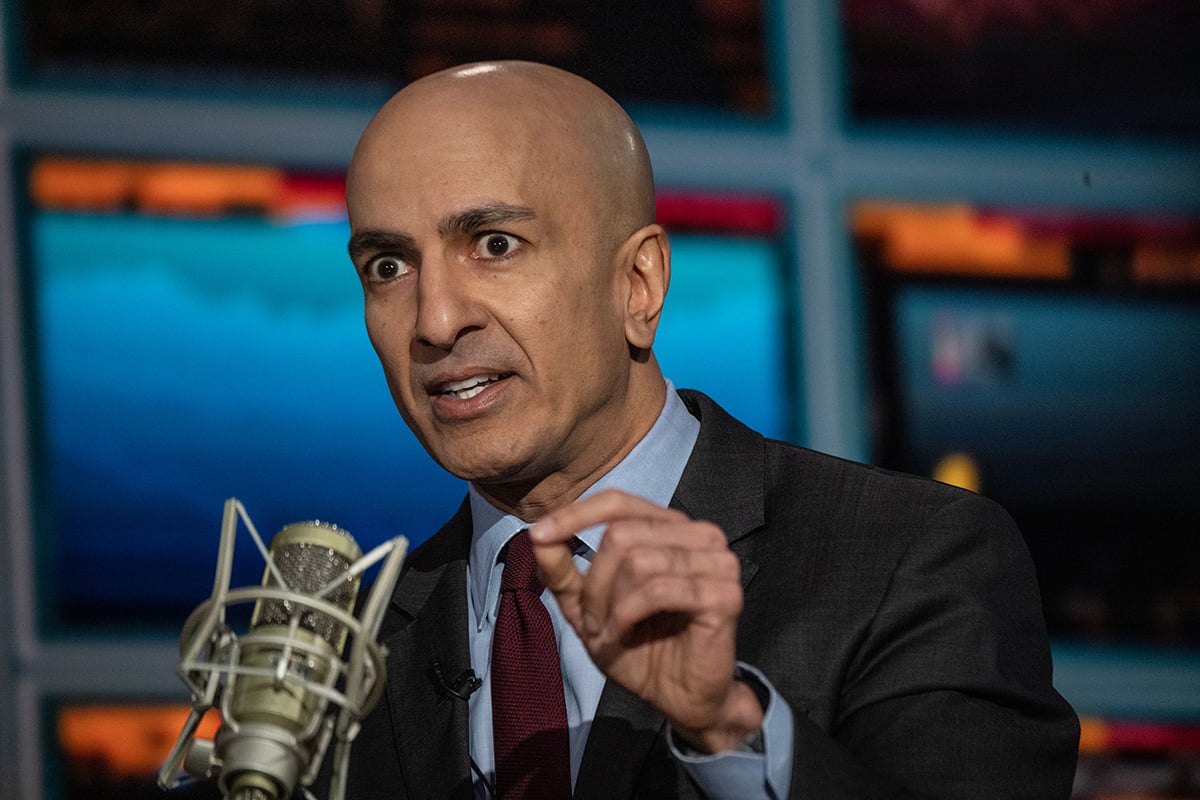Everyone's got an opinion on buybacks, from executives andpoliticians to Twitter users. Now, in a year when it wasonce thought they'd reach $1 trillion, a louder voice is beingheard: the market's.
|While the efficacy and even purpose of buybacks are the subjectof endless argument, if you believe they're meant to enhancereturns, lately they're falling short. Baskets of stocks with thehighest cash-return rates have been trailing the market in recentmonths.
|Companies may have noticed; repurchase rates are falling. Maybeit's that valuations are stretched, though price-earnings ratioswere higher a few years ago. As for buybacks losing their bang,that could reflect changing tastes for how companies use cash.Anything from a growing preference for capital investment toaversion to piling on debt to pay for them.
|"It really depends on the circumstances at the time," said MikeThompson, a managing director in Goldman Sachs Asset Management'sGlobal Portfolio Solutions group, who considers buybacks,dividends, takeovers, and capital expenditures (capex) to be themain ways companies spend extra money. "They're looking at whatmakes the best sense for their shareholders, and they're going topick one of the four options of how to deploy capital."
|
While companies that focused on returning cash to shareholdersthrough dividends and buybacks have beaten the market over time,they haven't done so lately. Before Friday's selloff, a GoldmanSachs basket of 50 stocks with a median total cash return more thandouble the S&P 500 had trailed that index for seven straightweeks, the longest streak since being created six years ago. It hasreturned 12.3 percent annually since it was created in October2013, compared with 11 percent for the benchmark.
|By design or otherwise, executives have been a little lessinfatuated with the practice. Companies in the second quarter cutback on buybacks for the first time in two years, data compiled byS&P Dow Jones Indices show. Meanwhile, they increased dividendpayouts and business investment.
|Another place where buybacks are showing less efficacy is on theearnings line. Bloomberg Intelligence estimates share repurchasesadded half a percentage point to S&P 500 companies' growth inearnings per share (EPS) in the second quarter reporting season,below a quarterly average of 1.3 percent over the previous fiveyears.
|The shortfall is coming at a time when firms could use the boostas investors bemoan a potential contraction in earnings.
|"Buybacks are not boosting EPS much this year, particularly incomparison to the last period of earnings weakness," BloombergIntelligence strategists led by Gina Martin Adams wrote last month."Buybacks are falling a bit short in sheltering index EPS fromevident weakness in 2019, compared with the last time indexearnings fell."
|The numbers of companies that have announced new sharerepurchase programs has also been slipping, according to RBCCapital Markets. New buyback disclosures remain elevated on arelative basis, but they've slowed in recent months after a solidpickup over the last two years, suggesting "that activity is poisedto moderate," strategists at the firm including Lori Calvasinawrote in recent research.
|In an analysis of language used on second quarter earningscalls, RBC found that more companies emphasized capitalexpenditures than they did buybacks or dividends.
|To be sure, it's not like companies have done a complete 180.They're still scooping up their own shares and issuing dividends atlevels that are historically high. Earlier this month, the unit atGoldman Sachs Group Inc. that executes repurchases for its clientssaw activity pick up when stocks went south. But the latestevidence points to a change of pace, and potentially a change ofheart.
|The role of corporate tax reform should also be considered,according to Goldman's Thompson, who prior to joining the firm waschairman at S&P Investment Advisory Services. In the immediateaftermath, there was a sizable cash windfall that companies had todeploy, driving buybacks to record highs. Since, that's tempered,but repurchases still aren't likely to fall off a cliff.
|"Buybacks are a staple arrow in the quiver of companies to beable to basically optimize how they drive the most value for theirshareholders," Thompson said. "It's legit."
|–With assistance from CameronCrise.
|Copyright 2019 Bloomberg. All rightsreserved. This material may not be published, broadcast, rewritten,or redistributed.
Complete your profile to continue reading and get FREE access to Treasury & Risk, part of your ALM digital membership.
Your access to unlimited Treasury & Risk content isn’t changing.
Once you are an ALM digital member, you’ll receive:
- Critical Treasury & Risk information including in-depth analysis of treasury and finance best practices, case studies with corporate innovators, informative newsletters, educational webcasts and videos, and resources from industry leaders.
- Exclusive discounts on ALM and Treasury & Risk events.
- Access to other award-winning ALM websites including PropertyCasualty360.com and Law.com.
*May exclude premium content
Already have an account? Sign In
© 2024 ALM Global, LLC, All Rights Reserved. Request academic re-use from www.copyright.com. All other uses, submit a request to [email protected]. For more information visit Asset & Logo Licensing.







